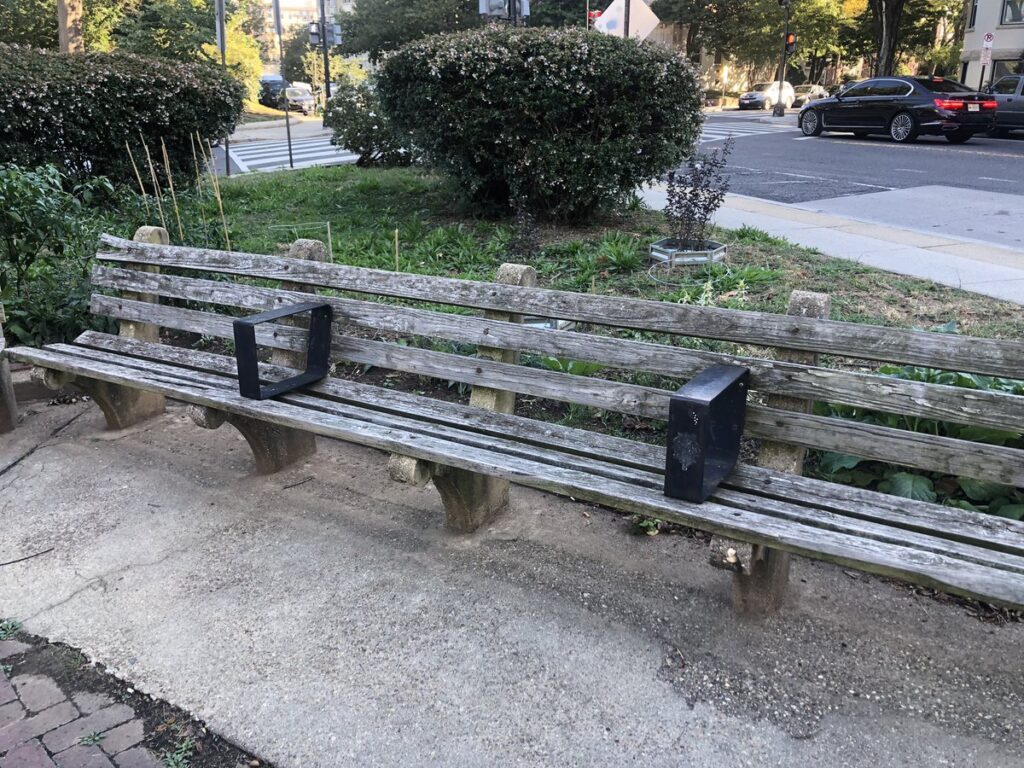Veterans are more likely than other Americans to become homeless. An increasing number of younger veterans, especially those who served in Afghanistan and Iraq, are now sleeping on the streets and in shelters.
These were among the findings included in a groundbreaking new study on veteran’s homelessness conducted by the federal government. The report serves as an attempt to get a handle on the scale of veteran homelessness, as well as a way to better understand how veterans are using the nation’s shelter system, officials said at the formal release of the study on Feb. 10.
“Anytime a veteran sleeps on the streets that he or she defended, we are all dishonored,” said Tammy Duckworth, assistant secretary for public and intergovernmental affairs for the U.S. Department of Veteran Affairs.
Mark Johnston, deputy assistant secretary for special needs for the U.S. Department of Housing and Urban Development, said he believed the information gathered in the report will provide critical understanding of who these veterans are, where they live and how long they’ve stayed in shelters.
The report included data about veterans on annual homeless counts conducted in about 3,000 cities and counties. It also drew from information from emergency shelters and transitional housing programs that serve homeless people year round. Among other findings:
In January 2009 there were approximately 76,000 homeless veterans on the streets. That same year there were an estimated 136,000 veterans who spent at least one night in a shelter.
The majority of sheltered homeless veterans are most often white men between the ages of 31 and 50, living with a disability.
Of all Americans, veterans are 50 percent more likely to become homeless, that risk is even greater for those veterans living in poverty or who are racial minorities. During 2009, twice as many poor Hispanic veterans used shelters compared with poor non Hispanic veterans.
With a goal of ending homelessness among veterans by 2015, the VA and HUD are partnering with each other, along with many other federal agencies and organizations to address the problem.
One step that has already had an impact has been the establishment of the Veterans Affairs Supportive Housing program that combines HUD’s housing voucher program with the VA’s case management and healthcare services.
“Together we’ve allocated 30,000 rental vouchers to public housing authorities across this country. These housing authorities are working to lease apartments to veterans who might otherwise still be living on the streets or in shelters,” said Johnston. In addition to housing vouchers, the VA provides prevention services for veterans that are at risk of becoming homeless.
According to Duckworth, a significant part of the five-year plan to end homelessness is not simply getting veterans off the streets, but also building up programs that prevent homelessness.
“We need to prevent homelessness in the first place, in addition to getting our veterans off the streets, if we truly are going to get to zero homeless veterans in five years,” she said.
Duckworth also emphasized the importance of knowing the accurate number of veterans who are truly homeless so that the correct combination of services and benefits can be extended to them. Anthony Love, deputy director of national programs for the U.S. Interagency Council on Homelessness, described the plan to end homelessness as the “most far-reaching and ambitious plan in our history.”
“Quality data is going to be essential to determining what works, what doesn’t and what we need to do better in order to end veteran homelessness,” he said.








